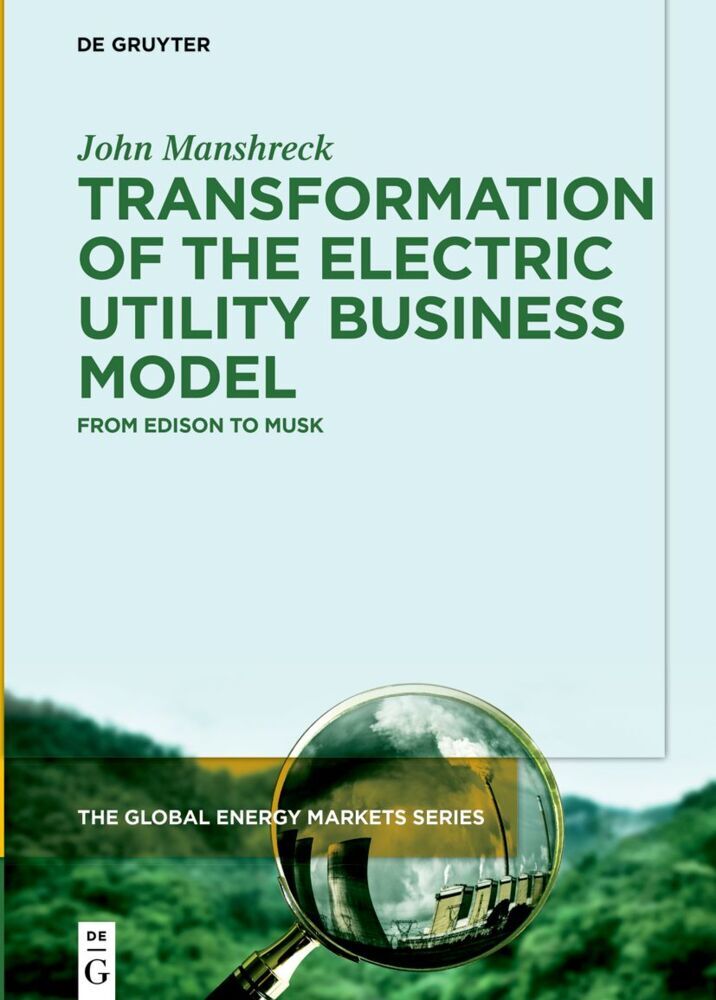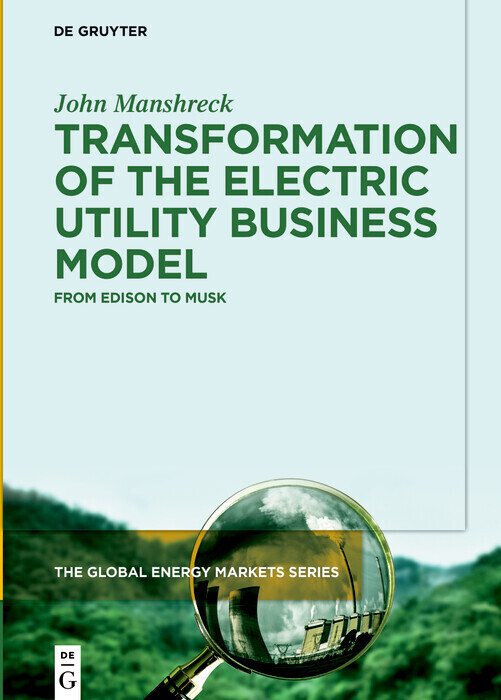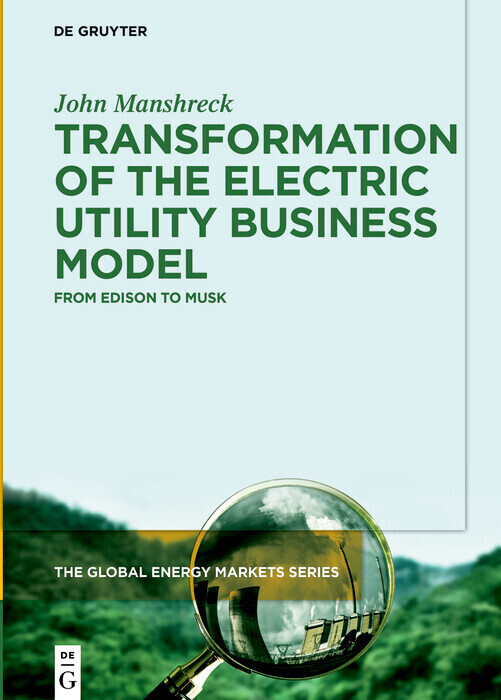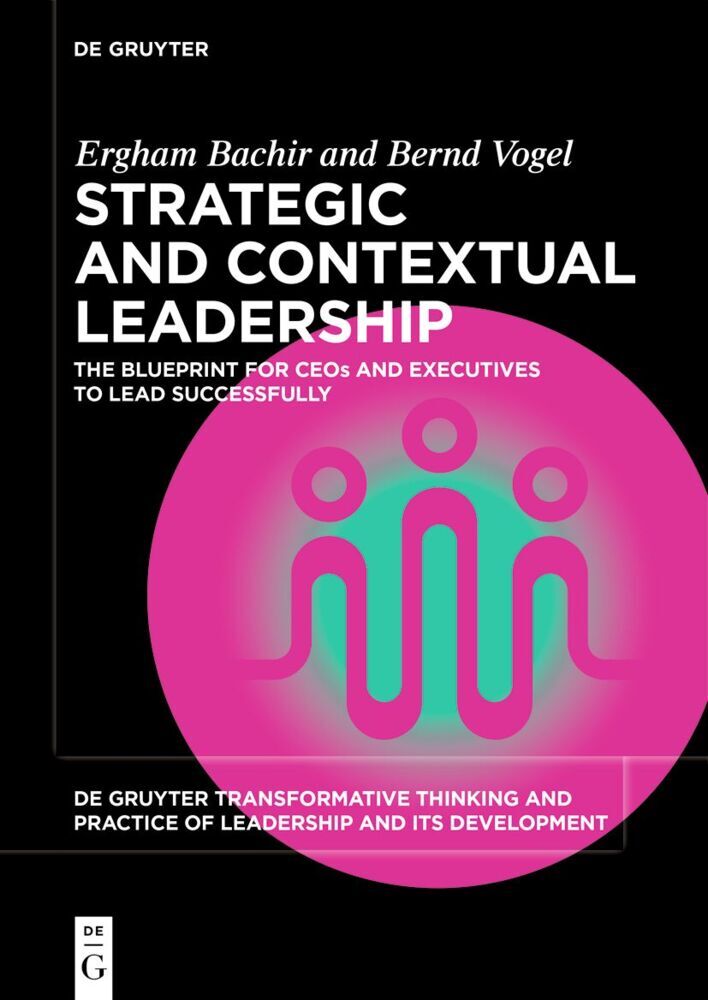Transformation of the Electric Utility Business Model
Transformation of the Electric Utility Business Model
This book examines business model transformation through the study of electrical utilities, an industry at the center of today's efforts to combat climate change. When change comes to the business model of such a mature industry, the pattern is often recognizable. The foundational elements of the industry shift, allowing the innovation of business models by new competitors, while established firms face the threat of disruption. The utility sector, after decades of relative stability, is in the midst of such a transformation today.
After providing a historical summary of the dominant business models of the utility sector, Transformation of the Electric Utility Business Model looks at the factors currently impacting the industry. Utilities and policy makers today are facing two long-term issues that will dominate their agendas in the coming decades: rebuilding utility infrastructure to enable the decarbonization of the economy, and managing the risk of catastrophic events that can leave large areas without power for extended periods. Fortunately, with proper planning, many utility investments in decarbonization will also support risk management. However, these investments are often not compatible with current utility business models, requiring creativity and new regulatory frameworks to successfully implement. This book considers the impact of these factors, and then discusses the future.
This well-researched, extremely insightful book is essential reading for all those with an interest in business strategy, energy studies and sustainability.
Introduction
Part 1 - The Business Model
1. Age Leads to Rigidity
The Problems with Mature Organizations
Changing a Dominant Business Model
2. The Business Model - What is it?
Development and Popularization of the Concept
The Elements of a Business Model
Part 2 - A History of Business Model Transformation
3. Before the Grid "The Private Power Plant" - Pre-1882
A Fragmented Marketplace
An Example in JP Morgan's Basement
4. First Business Model - Central Station Grid - 1882 to 1890s
Edison's Vision on Pearl Street
Downfall: A Business Model Constrained by Distance.
5. Second Business Model - Centralized Production, Competition - 1890s to 1920s
The Dominance of AC and Scale
Downfall: Competition in a Natural Monopoly
6. Third (and still current) Business Model - Regulated Monopoly - 1920s to 2020s
Regulation and Monopoly
Stressing the Business Model: The Four D's and Competition from Distributed Renewables
Part 3 - Emergence of a New Business Model
7. Four D's of Change: Financial Decline, Decarbonization, Decentralization, Digitization
Financial Decline
Decentralization
Decarbonization
Digitization
8. A Business Model Under Strain
The Value Chain: New Competition from Decentralized Renewables
The Customer: A Dream Customer No Longer
The Value Offering: Expanded Customer Expectations
Value Capture: An System in Need of Maintenance
9. The Future Business Model
What We Know
Shape of the Future Business Model
Part 4 - Pathways to Business Model Transformation
10. A Path Well Traveled - Recurring Patterns of Dislocation
11. Roadblocks to Change
The Roadblock of Technology
The Roadblock of Embedded Values and Thinking
The Roadblock of Financial Returns
Breaking Through Roadblocks
12. Pathways to Transformation
Approach 1 - Maintain Traditional Boundaries ("Stay in your lane")
Approach 2 - Extend the Existing Model ("Get a bigger umbrella")
Approach 3 - Develop Ambidexterity ("Use a different skill set")
Approach 4 - Experiment ("The path seldom taken")
References
Manshreck, John
| ISBN | 9783110713947 |
|---|---|
| Artikelnummer | 9783110713947 |
| Medientyp | Buch |
| Copyrightjahr | 2021 |
| Verlag | De Gruyter |
| Umfang | XIV, 238 Seiten |
| Abbildungen | 30 b/w ill., 15 b/w tbl. |
| Sprache | Englisch |









